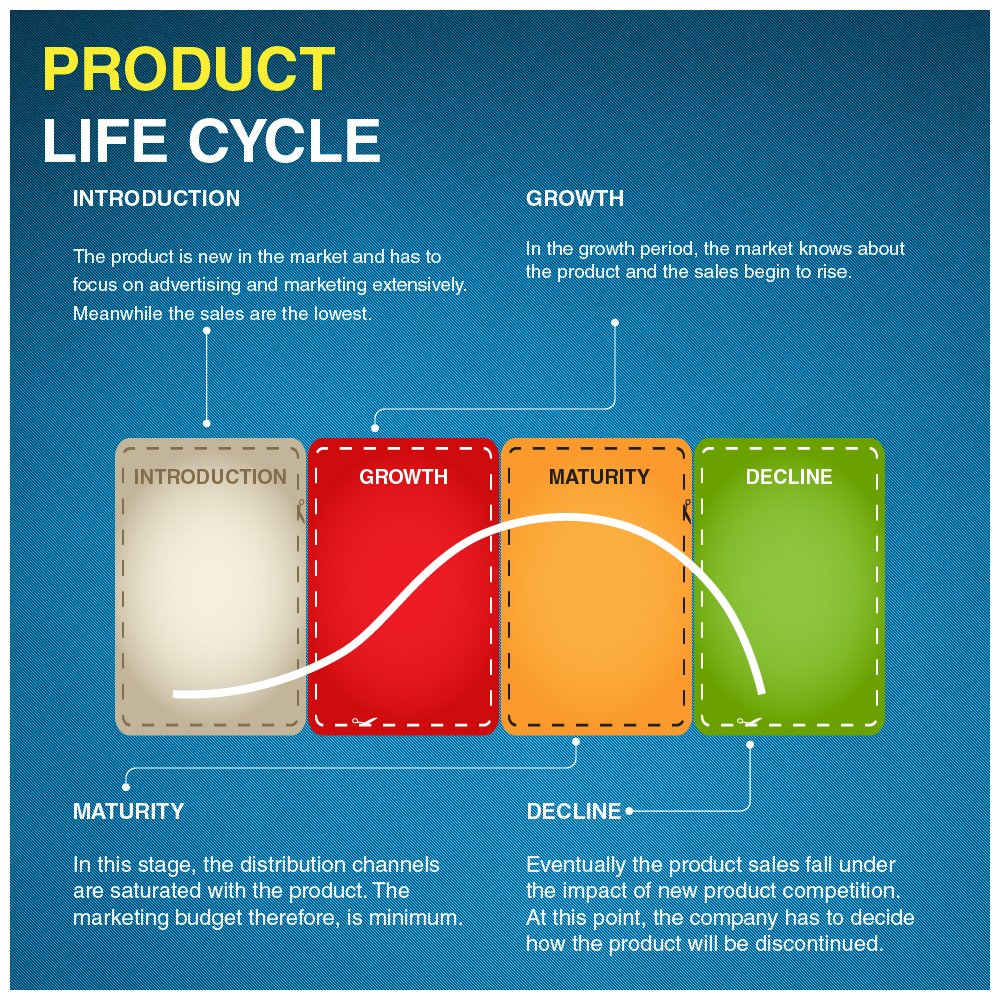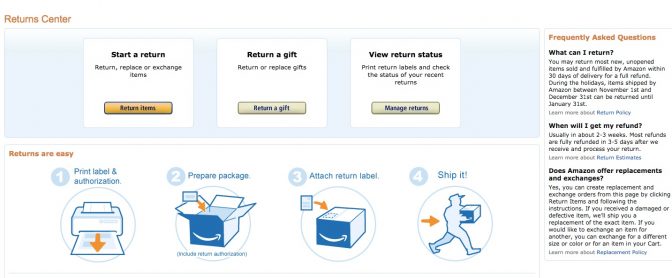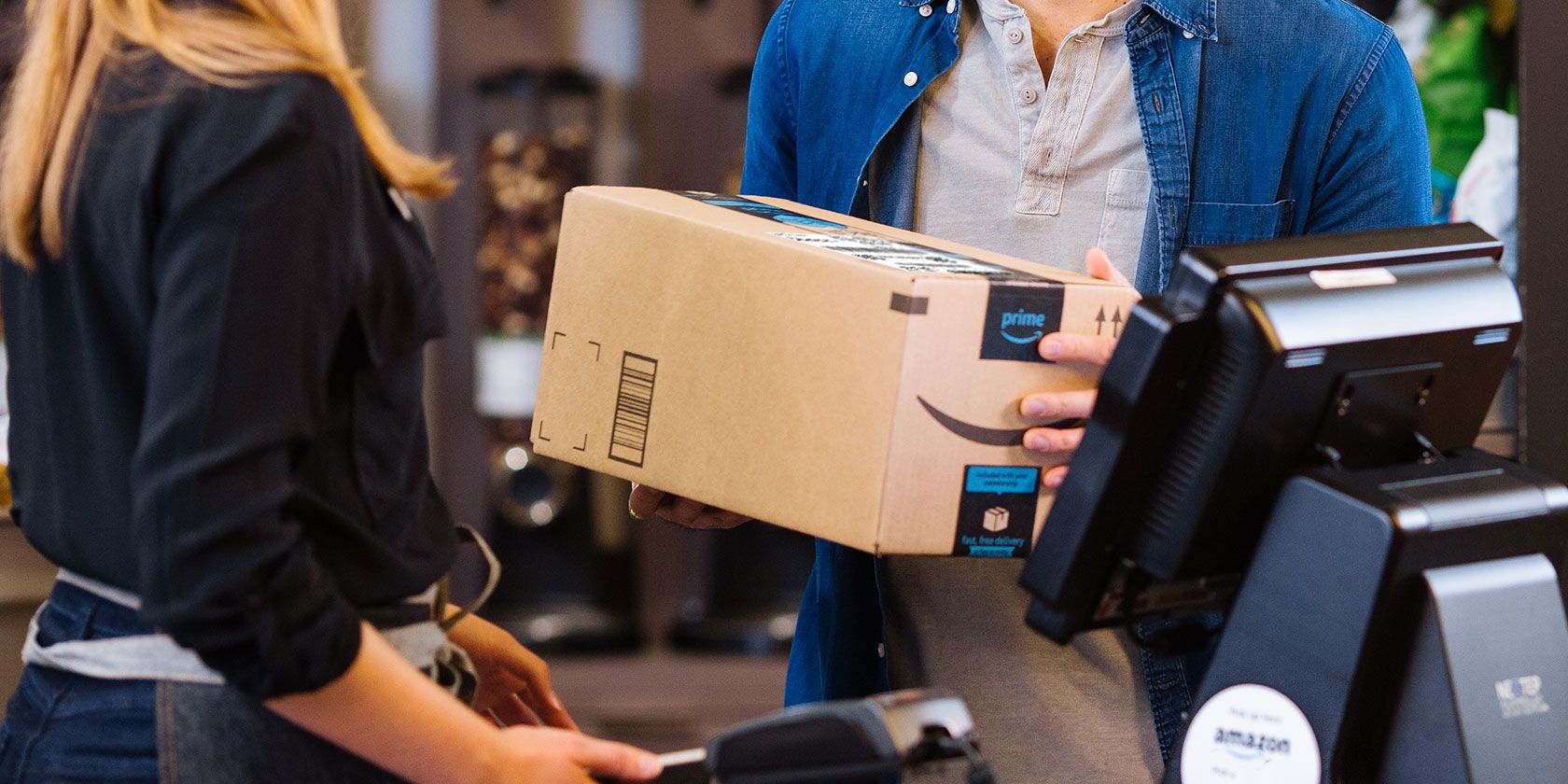The Life Cycle of a Returned Product
When a customer returns an item to Amazon, it initiates a process that involves multiple steps and evaluations. The returned item is first received and inspected by Amazon’s returns team, who assess the product’s condition and determine whether it can be resold. This process is crucial in ensuring that customers receive high-quality products, even if they are purchasing returned items.
Amazon’s return policy allows customers to return items within a certain timeframe, usually 30 days, for a full refund or replacement. However, the returned item must be in its original condition, with all original packaging and accessories included. If the item is damaged or missing parts, Amazon may not accept the return or may offer a partial refund.
Once the returned item is inspected and deemed resellable, Amazon will either resell it as a used or refurbished item or dispose of it responsibly. In some cases, Amazon may also offer the returned item to third-party sellers, who can then resell it on the platform. This process helps to reduce waste and minimize the environmental impact of returns.
As a customer, it’s essential to understand the life cycle of a returned product on Amazon. By knowing how Amazon handles returns, you can make informed purchasing decisions and avoid any potential issues with your orders. Whether you’re buying a new or used item, Amazon’s return policy and inspection process help ensure that you receive a high-quality product that meets your expectations.
So, does Amazon resell returned items? The answer is yes, but only after a thorough inspection and evaluation process. Amazon’s commitment to quality and customer satisfaction means that returned items are carefully assessed before being resold, ensuring that customers receive the best possible products.
Does Amazon Resell Returned Items: The Answer You Need to Know
One of the most common questions asked by Amazon customers is whether the company resells returned items. The answer is yes, Amazon does resell returned items, but only after a thorough inspection and evaluation process. According to Amazon’s return policy, items that are returned in good condition may be resold as used or refurbished products.
Amazon’s reselling process involves a series of checks and evaluations to ensure that the returned item meets the company’s quality standards. This includes inspecting the item for any damage or defects, testing its functionality, and verifying its authenticity. If the item passes these checks, it may be resold on Amazon as a used or refurbished product.
Amazon’s reselling of returned items is a common practice in the e-commerce industry. Many online retailers, including Amazon, offer used or refurbished products as a way to reduce waste and provide customers with more affordable options. However, it’s essential to note that not all returned items are resold. Items that are damaged or defective may be disposed of or recycled, depending on the company’s policies and procedures.
So, what happens to the returned items that are not resold? Amazon has a number of options for handling these items, including donating them to charity, recycling them, or disposing of them in an environmentally responsible manner. The company’s goal is to minimize waste and reduce its environmental impact, while also providing customers with a convenient and hassle-free returns process.
As a customer, it’s essential to understand Amazon’s reselling process and how it affects your purchases. By knowing what happens to returned items, you can make informed decisions about your shopping habits and take advantage of the benefits offered by Amazon’s reselling program.
How Amazon Inspects and Grades Returned Items
When a customer returns an item to Amazon, it undergoes a thorough inspection and grading process to determine its condition. This process is crucial in ensuring that returned items are properly evaluated and resold or disposed of accordingly. Amazon’s inspection and grading process involves a series of checks and evaluations, including:
Visual inspection: Amazon’s returns team visually inspects the item to check for any damage, scratches, or defects. This includes checking the item’s packaging, labeling, and overall condition.
Functional testing: Amazon’s returns team tests the item to ensure it is functioning properly. This includes checking the item’s performance, features, and any other relevant aspects.
Authentication: Amazon’s returns team verifies the item’s authenticity to ensure it is genuine and not counterfeit.
Grading: Based on the inspection and testing results, Amazon assigns a grade to the returned item. The grade determines the item’s condition and whether it can be resold or disposed of.
Amazon’s grading system includes several categories, including:
Like new: Items that are in excellent condition, with no damage or defects.
Used: Items that are in good condition, but may have minor damage or wear.
Defective: Items that are damaged or defective and cannot be resold.
Amazon’s inspection and grading process is designed to ensure that returned items are properly evaluated and handled. By understanding how Amazon inspects and grades returned items, customers can have confidence in the quality of the products they purchase, even if they are buying returned items.
The Different Conditions of Returned Items: What You Need to Know
When shopping for returned items on Amazon, it’s essential to understand the different conditions that these items can be in. Amazon uses a grading system to categorize returned items based on their condition, which helps buyers make informed purchasing decisions.
Here are the different conditions that returned items can be in on Amazon:
Like New: Items that are in excellent condition, with no damage or defects. These items are often indistinguishable from brand new products and are a great option for buyers who want a high-quality product at a discounted price.
Used: Items that are in good condition, but may have minor damage or wear. These items may have been used previously, but are still functional and offer great value for buyers who are looking for a discounted price.
Defective: Items that are damaged or defective and cannot be resold. These items are often returned to the manufacturer or disposed of in an environmentally responsible manner.
Certified Refurbished: Items that have been refurbished to meet manufacturer standards. These items are thoroughly inspected and tested to ensure they meet the manufacturer’s quality standards and are often backed by a warranty.
Understanding the different conditions of returned items on Amazon can help buyers make informed purchasing decisions and avoid any potential issues with their purchases. By knowing what to expect from each condition, buyers can shop with confidence and find great deals on high-quality products.
How to Buy Returned Items on Amazon: A Step-by-Step Guide
Buying returned items on Amazon can be a great way to save money on high-quality products. However, it’s essential to know how to find and purchase these items safely and effectively. Here’s a step-by-step guide on how to buy returned items on Amazon:
Step 1: Search for Returned Items
To find returned items on Amazon, use the search bar to look for products with the keywords “used,” “refurbished,” or “certified refurbished.” You can also use the “Condition” filter on the left side of the search results page to select “Used” or “Refurbished” items.
Step 2: Check the Seller’s Ratings and Reviews
Before purchasing a returned item, make sure to check the seller’s ratings and reviews. Look for sellers with high ratings (95% or higher) and a large number of reviews. This will help ensure that you’re buying from a reputable seller.
Step 3: Read the Product Description Carefully
When buying a returned item, it’s essential to read the product description carefully. Look for information about the item’s condition, including any damage or defects. Also, check if the item comes with any warranties or guarantees.
Step 4: Check the Price and Compare with New Items
Compare the price of the returned item with the price of a new item. Make sure you’re getting a good deal and that the price is reasonable for the item’s condition.
Step 5: Purchase the Item and Track Your Order
Once you’ve found the perfect returned item, purchase it and track your order. Make sure to check the item’s condition when it arrives and contact the seller if there are any issues.
By following these steps, you can safely and effectively buy returned items on Amazon. Remember to always be cautious when buying used or refurbished items, and make sure to read the product description carefully before making a purchase.
The Benefits and Risks of Buying Returned Items on Amazon
Buying returned items on Amazon can be a great way to save money on high-quality products. However, it’s essential to understand the benefits and risks involved in purchasing returned items. Here are some of the main advantages and disadvantages to consider:
Benefits:
Discounts: Returned items are often sold at a lower price than brand new products, making them a great option for budget-conscious buyers.
Quality products: Many returned items are still in excellent condition and offer the same quality as brand new products.
Environmentally friendly: Buying returned items can help reduce waste and minimize the environmental impact of producing new products.
Risks:
Defective products: Some returned items may be defective or damaged, which can be a problem for buyers who are looking for a reliable product.
Limited warranties: Returned items may not come with the same warranties as brand new products, which can leave buyers with limited protection.
Uncertainty: When buying returned items, buyers may not always know the full history of the product, which can make it difficult to determine its quality and reliability.
Despite these risks, many buyers have found that buying returned items on Amazon can be a great way to save money and find high-quality products. By understanding the benefits and risks involved, buyers can make informed decisions and shop with confidence.
Amazon’s Return Policy: What You Need to Know
Amazon’s return policy is designed to provide customers with a hassle-free and convenient way to return items that do not meet their expectations. Here are the key details of Amazon’s return policy:
Time Frame for Returns: Amazon allows customers to return items within 30 days of delivery. However, some items may have a longer or shorter return window, so it’s essential to check the product’s return policy before making a purchase.
Initiating a Return: To initiate a return, customers can go to the “Your Orders” section of their Amazon account and select the item they want to return. They will then be prompted to select a reason for the return and choose whether they want a refund or a replacement.
Restocking Fees: In some cases, Amazon may charge a restocking fee for returned items. This fee is typically 15% of the item’s purchase price and is deducted from the refund amount.
Refunds: Refunds are processed within 2-3 business days of receiving the returned item. Customers can choose to receive a refund in the original payment method or as an Amazon gift card.
Exceptions: Some items are not eligible for returns, including personalized items, final sale items, and items that have been damaged or altered by the customer.
By understanding Amazon’s return policy, customers can shop with confidence and know that they can easily return items that do not meet their expectations.
Conclusion: What to Expect When Buying Returned Items on Amazon
In conclusion, buying returned items on Amazon can be a great way to save money on high-quality products. However, it’s essential to understand the process of returning an item on Amazon, including the reasons why customers return products and how Amazon handles these returns.
Amazon does resell returned items, but only after a thorough inspection and grading process. The company uses a grading system to categorize returned items based on their condition, which helps buyers make informed purchasing decisions.
When buying returned items on Amazon, it’s essential to understand the different conditions that these items can be in, such as “like new,” “used,” or “defective.” Additionally, buyers should be aware of the benefits and risks of buying returned items, including the potential for discounts and the possibility of receiving a defective product.
Amazon’s return policy is designed to provide customers with a hassle-free and convenient way to return items that do not meet their expectations. By understanding Amazon’s return policy, customers can shop with confidence and know that they can easily return items that do not meet their expectations.
In summary, buying returned items on Amazon can be a great way to save money on high-quality products. By understanding the process of returning an item on Amazon, the different conditions of returned items, and Amazon’s return policy, buyers can make informed purchasing decisions and shop with confidence.







